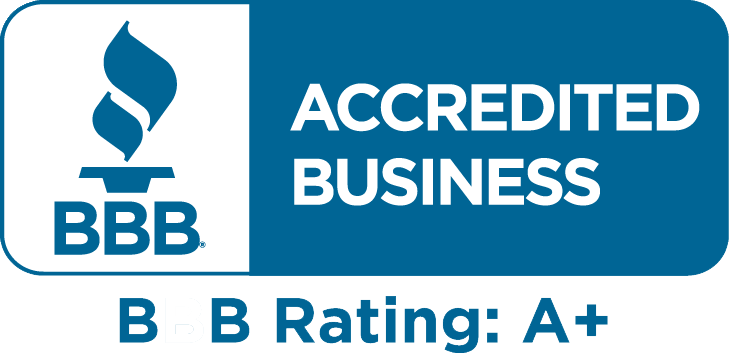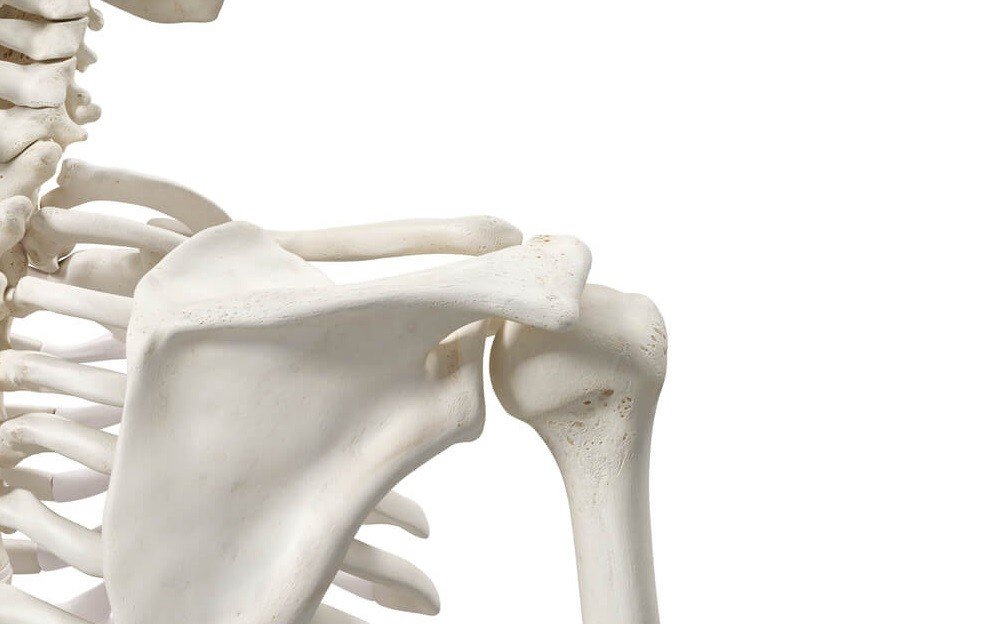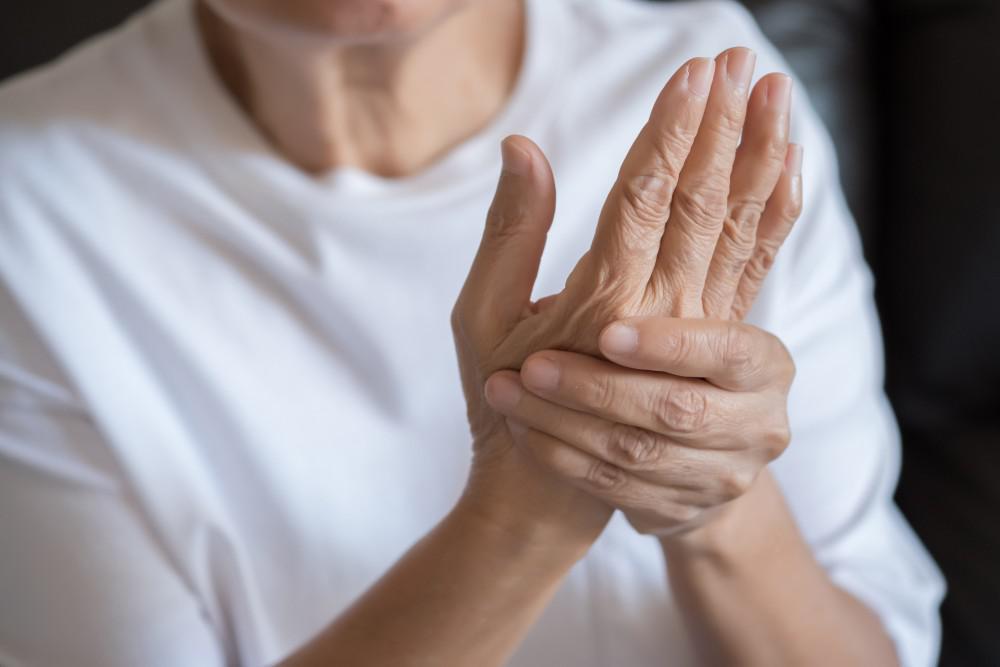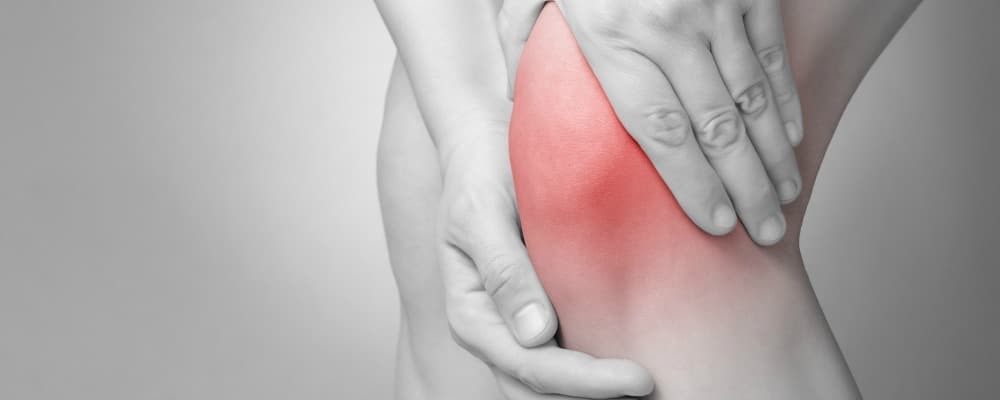Where Forearm Pain Comes From & How To Resolve It
We often speak of lifestyle choices as the key to good overall health, remaining vibrant and active, and anti-aging. So, why is it that the only time I undergo surgery is to repair an injury from exercising to stay healthy? It seems I’m not alone when I talk to the people at the gym or on the course or on the courts.
Just prior to my most recent knee surgery I suffered a strained bicep tendon. I must admit it hurt more than the meniscus tear. Although it was a bicep tendon injury the pain radiated from my upper forearm whenever I gripped something tightly or attempted a pressing motion.
Come to think of it, it also hurt when I pulled things to me. Given this was my dominant arm I was in pain most of the time.
In this article, we’ll review the types of injury that affect the forearm such as tennis elbow, golfer’s elbow, forearm strains, and of course my friend the biceps tendon strain. We’ll also discuss how this condition develops and protocols to speed recovery. Fortunately, this article is digital so there are no pages to turn and no risk of making the read more painful.
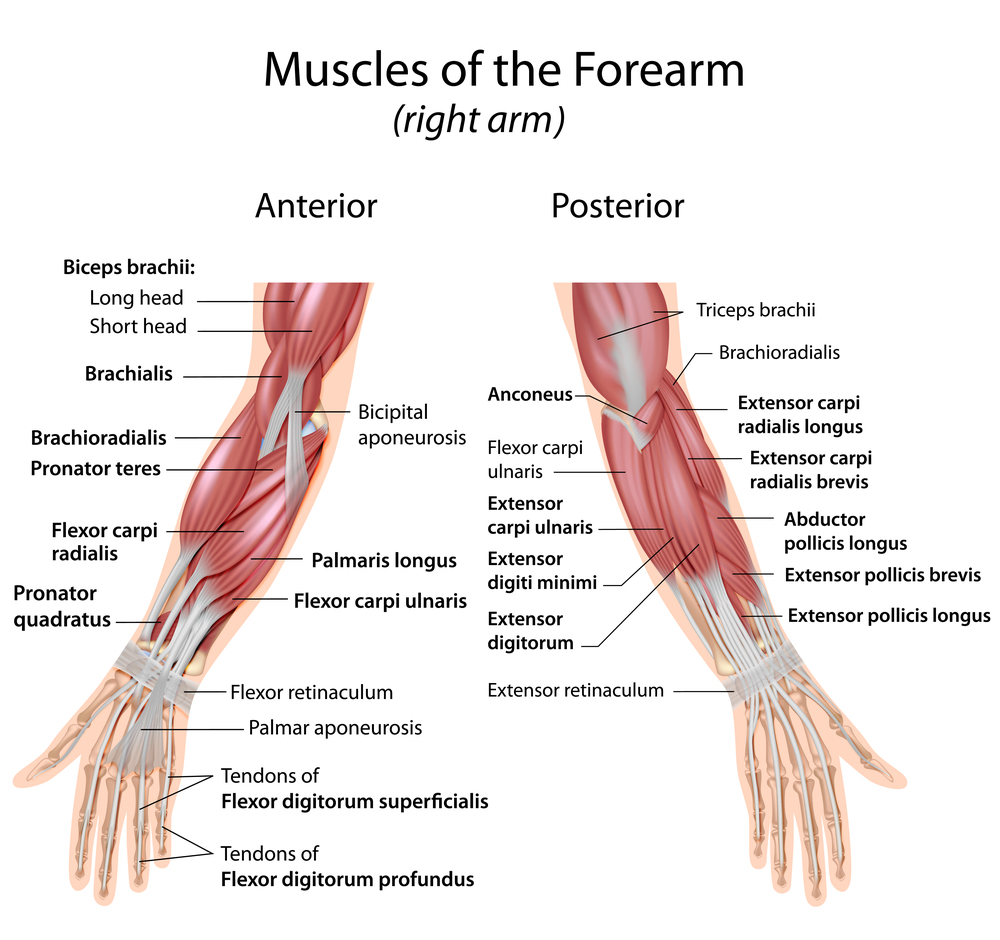
The Anatomy of the Forearm
The forearm contains two long bones, the radius and the ulna, forming radioulnar joints at the wrist and the elbow. The primary function of the forearm is rotation, the ability to turn our palms either up or down.
The forearm contains many muscles, including the flexors and extensors of the digits, a flexor of the elbow (the brachioradialis), and the pronators and supinators that turn the hand face down or upwards, respectively.
Muscles on the palm side of the forearms are known as the flexor muscles and are responsible for curling the fingers toward the palm.
The flexor muscles are also responsible for bending the wrists toward the palm as well. Make a fist and bend your wrist towards the inside of the forearm and you will see the flexor muscles, flex.
The extensor muscles are found on the opposite side of the forearms and are responsible for bending the wrists toward the back of the hand. They shorten as the wrist bends toward the back of the hand.
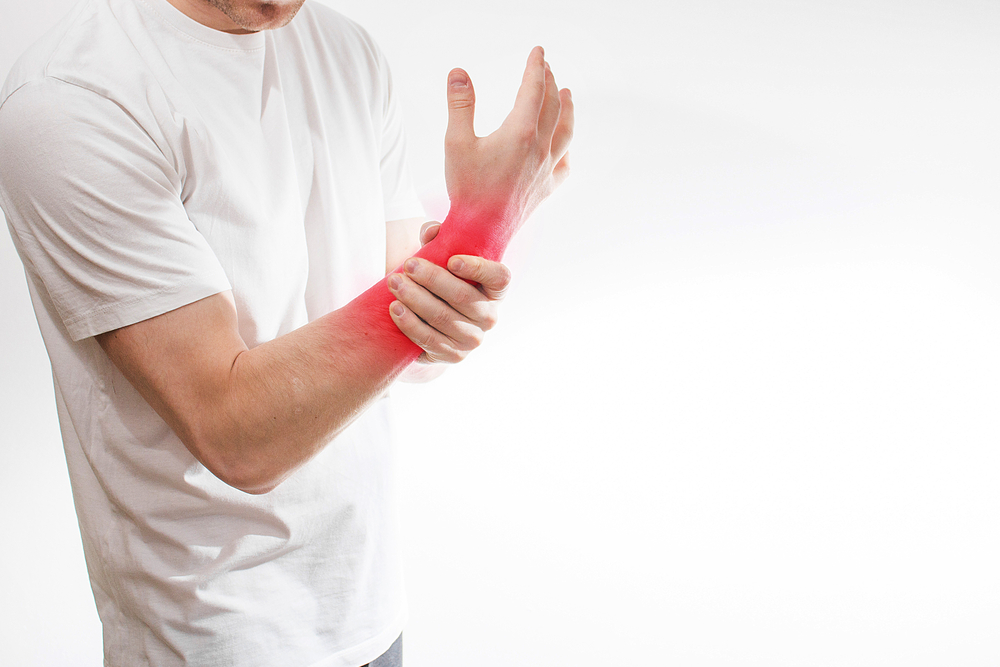
Types of Forearm Injuries
The forearm is in almost constant use – be it in everyday activities, at work, or during sports, and so it is prone to over-use and injury. The most common types of forearm injuries include:
- Joint injuries
- Soft tissue injuries; ligaments, tendons (tendinitis)
- Over-use
- Fractures
- Nerve injuries
Repetitive motion is often the culprit in forearm injuries such as serving the tennis ball, striking the golf ball, etc.
Golfer’s elbow manifests on the inside of the elbow, whereas tennis elbow results in pain on the outside of the elbow and forearm. And that bicep tendon related forearm pain? That occurs in the lower bicep near the elbow crease, and the brachioradialis tendon that runs from the lower bicep through the forearm extensors.
Virtually any repetitive motion can result in forearm pain, gardening, working with tools, weightlifting, etc.

Health Experts – Recommendations for Forearm Pain
- I.C.E. Rest, Ice, Compress, and Elevate. The traditional emergency-room advice for forearm injuries and most other joint injuries
- Reduce the activities that created the issue. Sometimes easier said than done as the forearm is used in so many daily activities.
- Massage by a myofascial release expert can also relieve pain.
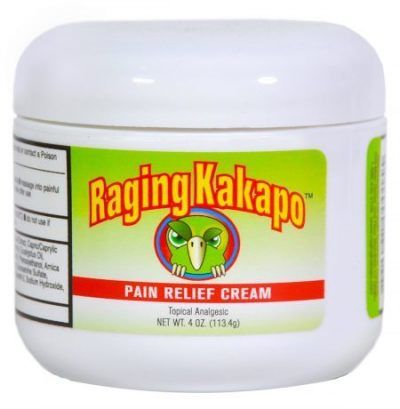
Topical Supplements for Forearm Pain
A great topical joint pain supplement should accomplish the following:
- Address the pain
- Support a healthy inflammatory response
- Support bone and joint health
Some of the more thoroughly researched and popular ingredients for topical supplements:
- Capsaicin
- Eucalyptus
- Glucosamine
- MSM
- Chondroitin
- Turmeric
- Boswellia
- Hyaluronic Acid
Raging Kakapo Pain Relief Cream™ from EffiHealth includes many of the above ingredients but goes a step beyond, combining Histamine Dihydrochloride and Capsaicin, two FDA-approved active ingredients for pain relief.
Raging Kakapo also includes a proprietary joint-soothing blend of emu oil, arnica montana extract, green mussel extract, eucalyptus oil, glucosamine, MSM, and other ingredients from the land down under.
EffiHealth’s Pain Relief Cream is a non-greasy, fast-absorbing formula which delivers a pleasant scent and gentle warmth right where it hurts.
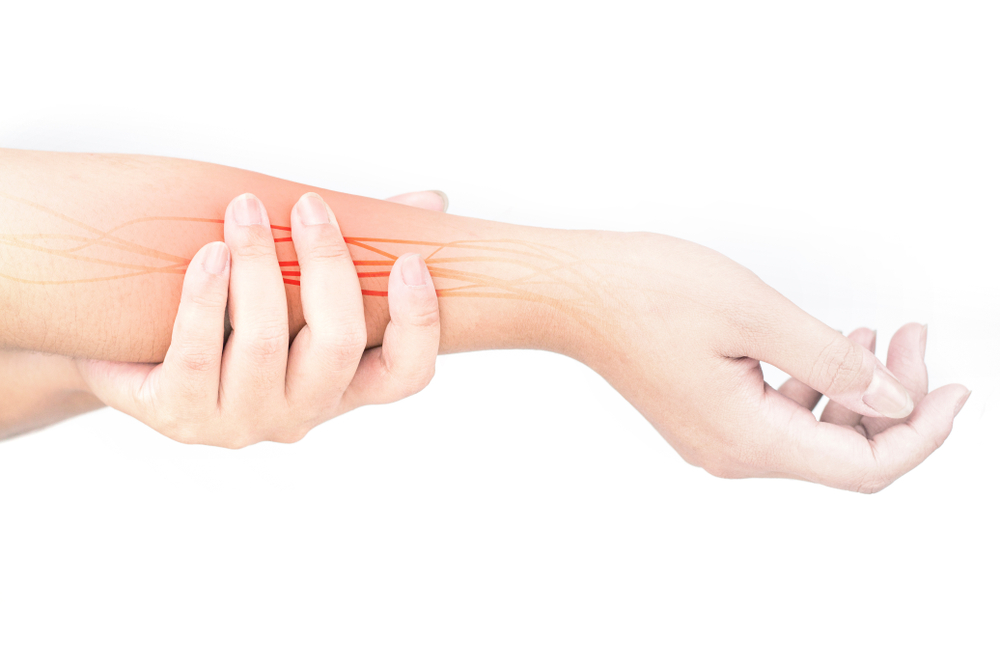
In Summary
Australian aborigines have been using various forms of these ingredients virtually forever. Today EffiHealth’s Raging Kakapo Pain Relief Cream™ represents the intersection of modern science and ancient wisdom.

